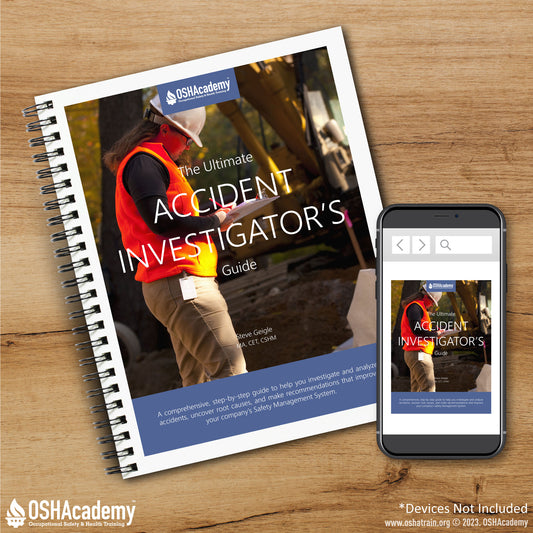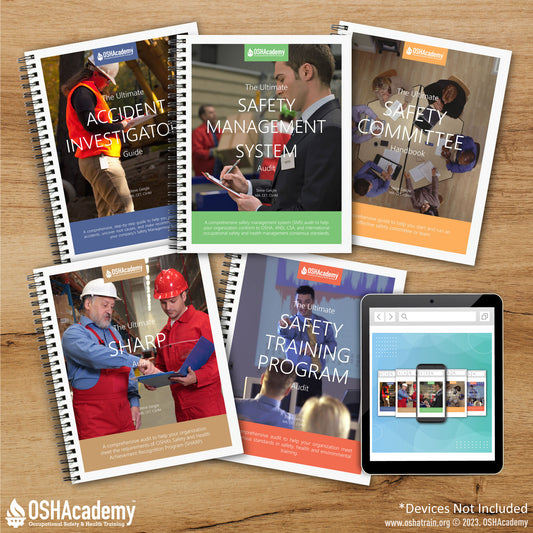
The Safety Ninja: Mastering Safety and Training Excellence
Share
Welcome to our new series "The Safety Ninja: Mastering Safety and Training Excellence." Now at first, you may think ninjas and safety professionals are worlds apart, but if we look closer, we discover this unlikely pair shares a similar set of skills and values that make them both experts in their craft.
Like the ninja, impactful safety professionals excel in maintaining unwavering focus and preparedness for workplace emergencies. Both meticulously observe their surroundings, identify potential risks, and then skillfully plan actions to mitigate threats effectively. Their expertise lies in assessing risks with precision and taking swift, appropriate measures to ensure the safety of all.
In this new series, we will dive into the world of workplace safety and training, drawing inspiration from the legendary discipline and expertise of the ninja. We hope this series will leave you inspired and empowered to take your safety training to the next level.
Our first installment, “Mastering Training Documentation: Why It Matters and How to Do It Right,” is divided into two parts. In part one, we will delve into the importance of properly documenting your safety training and how it protects and benefits your training organization.
Liability Protection: Proper documentation of training serves as a safeguard against legal liability. In the event of workplace accidents or injuries, having comprehensive records of the training delivered shows you have taken diligent measures to prioritize employee safety. This can be crucial for lawsuit defense and legal protection.
Business Reputation: Proper documentation of training enhances your company’s reputation by showing your dedication to providing high-quality training and adhering to regulations. This can help attract clients and build strong business relationships, as it shows your dedication to professionalism and compliance.
Compliance with Regulations: Documentation allows you to monitor compliance with training requirements on an ongoing basis. By maintaining precise training records, organizations can effectively monitor and ensure that their employees receive the required training as mandated by regulations.
Client Compliance: Documenting training not only helps you meet your own record-keeping requirements, but also serves as evidence to auditors or inspectors that the necessary training has been delivered to their employees. This can facilitate smooth audits or inspections and provide assurance to clients that their employees are receiving the required training.
Training Effectiveness: Keeping accurate records empowers you to effectively evaluate your training impact, pinpoint any deficiencies or areas that may need additional attention, and continually improve your training program to ensure your workforce gains the knowledge and skills needed for a safe and productive work environment.
Understanding the importance of effective documentation gives organizations the power to prioritize safety, follow regulations, and keep enhancing their training efforts. It serves as a foundation for making better decisions, nurturing a safety-focused culture, and ultimately benefiting both the organization and its workforce in the long run.
By integrating these best practices on training documentation, you can create a safer, more productive work environment, and be the Safety Ninja your organization relies on for a secure and successful future.



